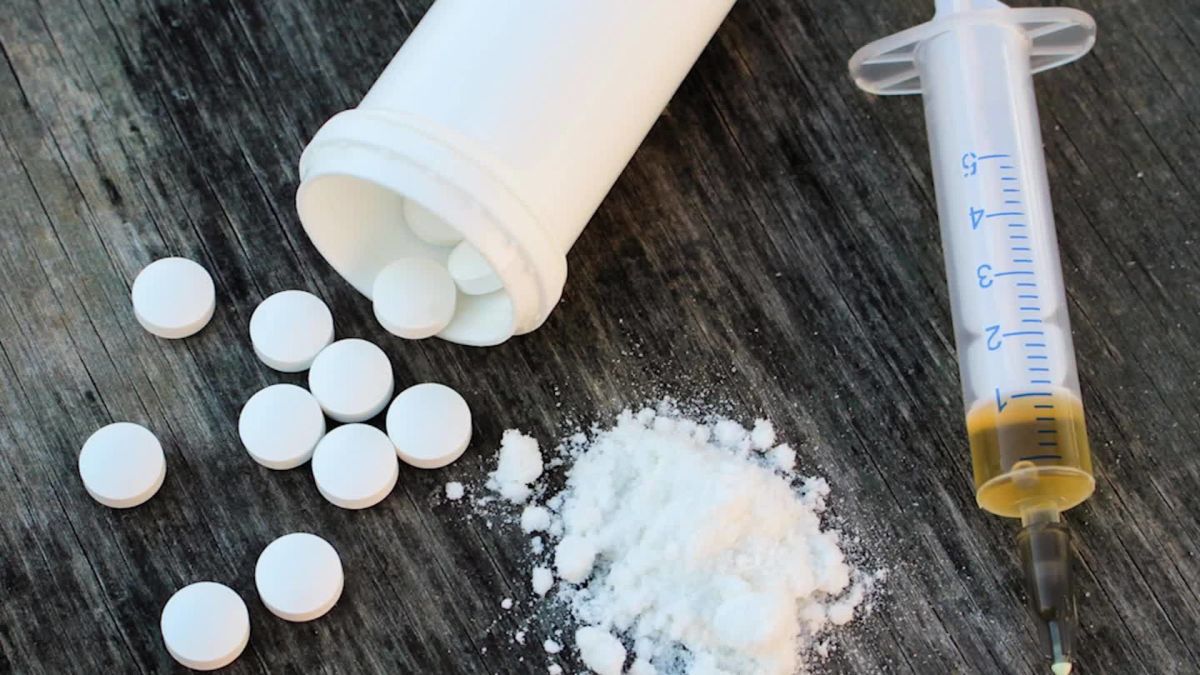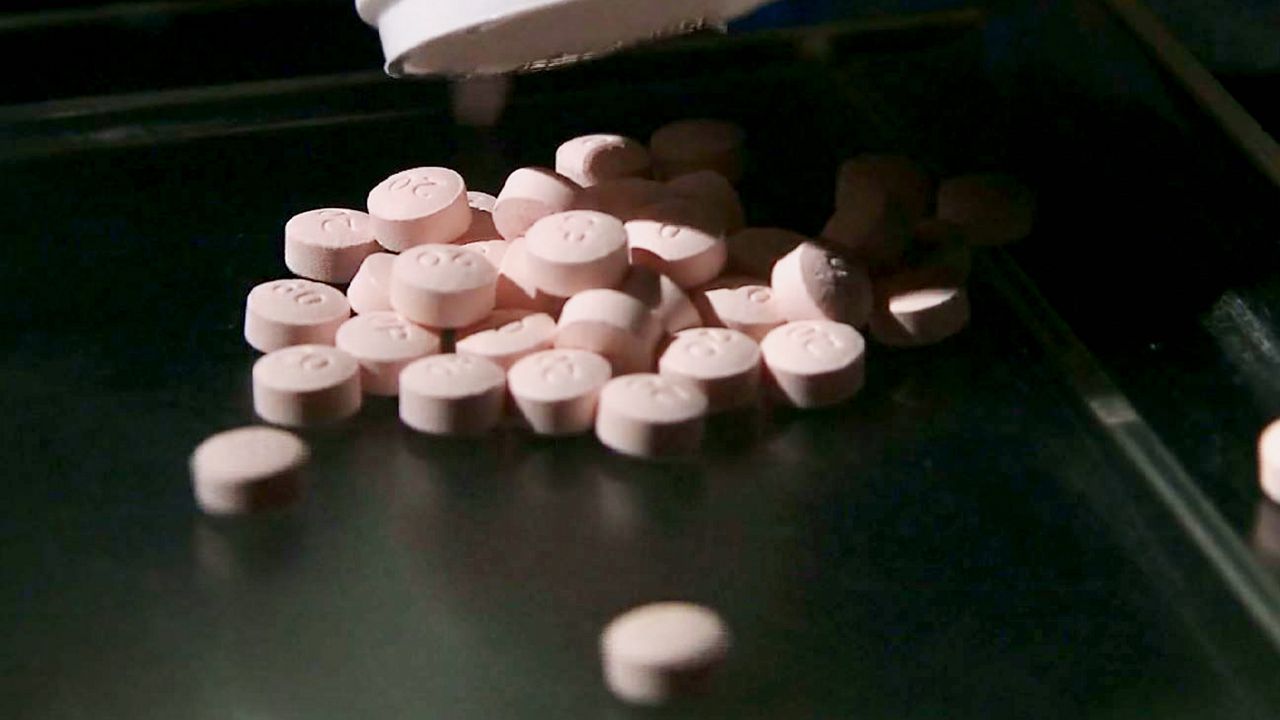The statistics tell a frightening story.
In Monroe County, WXXI reported that more than twice as many people died of opioid overdoses in March and April of this year than last year.
In Erie County, according to Investigative Post, 85 people died from presumed opioid overdoses in the first 4 months of this year, which is almost double from the year before.
Newsday reports that Suffolk County has seen a 40% increase in fatal overdoses as compared to 2019; and Nassau County has seen a 50% jump during the same time period.
The Cuomo administration’s decision to cut substance abuse treatment programs by 31% will further strain what John Coppola calls a “fiscally tenuous” field.
I asked Coppola, who leads ADAP, the New York State Association of Alcoholism and Substance Abuse Providers, what that will mean for programs.
“I had a conversation with an Albany County provider, one that I would describe as strong from a structure and financial management perspective,” he said. “What this gentleman said to me is there’s a pretty good chance he’s going to shut down his adolescent treatment program.”
That program includes detox beds.
Coppola explained that under the umbrella of substance abuse treatment, there are some programs that lose money. Detox is one of them.
“So, if you say, ‘we’re going to cut your budget by 20%’ the best thing you can do is eliminate detox. It’s already losing money,” Coppola said.
What that means for people in Albany County is that there will be a lack of detox beds here.
“Instead, people detoxing from opioids will either end up going back to the hospitals, which is very expensive, or they’ll have to head up to Credo in Watertown, or someplace else that’s hours away,” explained Coppola.
Residential treatment centers in Central New York are doing the same thing.
Coppola is hopeful that the federal government comes through with another round of stimulus funding.
“When COVID started, we started doing a daily phone call with service providers. It was 7 days a week. Now we do 5 or 6 days a week. On Monday’s call, we were joined by (Rep.) Elisa Stefanik, (state Sen.) Betty Little and Assemblyman (Billy) Jones of the North Country. Stefanik said they would try to do a deal.”
If they don’t, a survey that ASAP issued to providers prior to the announced 31% cut turns a frightening story into an utter nightmare.
“We did a survey asking what happens if you’re told you’re getting a 20% cut,” Coppola said. “Ninety percent said they would be laying off or furloughing staff, and the same 90% said they would be cutting programs.”
One of the legislative fixes Coppola is pushing for is a naloxone co-prescription policy, which would allow the naloxone, which reverses overdoses, to be prescribed alongside opioids.
As my colleague Nick Reisman reported Thursday, several lawmakers are pushing the governor to immediately enact an emergency policy to require that naloxone be prescribed alongside opioids for people at high risk of adverse outcomes.







